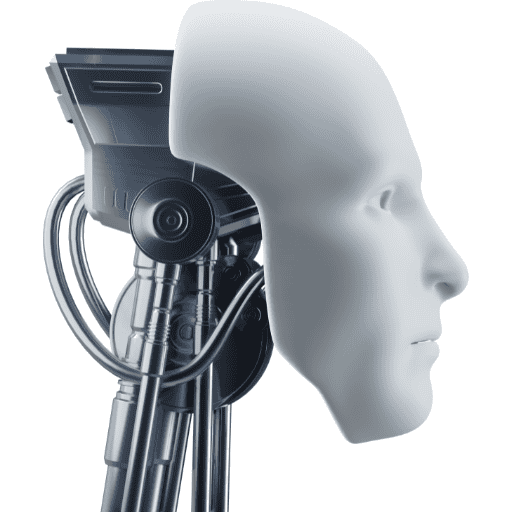AI Outwits CAPTCHA: A Security Wake-Up Call

In a recent breakthrough study from ETH Zurich, as reported by TechRadar’s Eric Hal Schwartz, researchers have demonstrated the startling ability of AI to crack CAPTCHA systems with alarming proficiency.
This crucial development propels cybersecurity into uncharted territory, revealing both the capabilities and risks associated with advanced AI technologies.
AI Masters CAPTCHA
The researchers at ETH Zurich leveraged the YOLO AI model—traditionally used for image processing—to tackle Google’s widely-used reCAPTCHAv2. By training YOLO with 14,000 labeled photos of streets, the scientists achieved human-level accuracy in recognizing objects, rendering the CAPTCHA system virtually obsolete.
“With 14,000 labeled photos of streets as training data and a little time, however, the scientists could teach YOLO to recognize the objects as well as any human.”
This stunning success underlines a critical flaw: the simplicity of reCAPTCHAv2’s design, intended to facilitate easier implementation across websites, inadvertently makes it easier for AI to decipher its patterns.
Current Security Measures Insufficient
Efforts to buttress CAPTCHA systems through mouse movement analysis and browser history tracking have proven ineffective against this sophisticated AI. As cybersecurity experts scramble to shore up defenses, the efficacy of traditional measures is now in serious doubt.
“CAPTCHA systems are a critical component of web security, designed to prevent bots from engaging in activities like spamming, creating fake accounts, or launching distributed denial-of-service (DDoS) attacks.”
Significant Implications
Given the newfound ability of AI to bypass CAPTCHA, the stakes for website security are higher than ever. CAPTCHA has long served as a bulwark against automated attacks, such as spamming, fake account creation, and DDoS attacks. With this defense now compromised, the cybersecurity landscape faces significant upheaval.
Increased Cybersecurity Risks: The breakthrough signifies a substantial threat to web security, potentially opening the floodgates to various automated malicious activities. The need for more robust alternatives to CAPTCHA is urgent. One promising direction includes advanced behavioral analysis, coupled with biometric verification systems such as fingerprint or facial recognition.
Impact on Everyday Users
For the average user, the implications are profound. The potential obsolescence of CAPTCHA systems might lead to an uptick in spam, fraud, and bot-driven campaigns, directly affecting user experience and security.
Surge in Malicious Activities: The rise in automated attacks means that users are likely to encounter more spam emails, fraudulent schemes, and other malicious activities online.
More Stringent Security Measures: In response, websites may adopt more rigorous security measures. These could involve analyzing users’ behavior when solving security puzzles or employing multi-factor authentication methods.
“It would have to be more intensive than simply picking the right image. A security setup might have to monitor your behavior in solving a puzzle, like how fast and well you type and scroll. Or it might take a combination of multiple tests and verifications.”
Such changes could also lead to an increased emphasis on privacy, as more data about user interactions would need to be monitored and analyzed.
Conclusion
The ETH Zurich study marks a critical juncture in the continuing battle between AI capabilities and cybersecurity measures. The fall of CAPTCHA as a reliable barrier underscores the urgent need for innovation in security strategies. As AI grows ever more sophisticated, the race to develop equally advanced security measures becomes ever more pressing.
This development serves as a stark reminder that cybersecurity must evolve continuously to stay ahead of threats. While CAPTCHA may soon be a relic of the past, the need for dynamic and robust security solutions remains more critical than ever. Institutions and individuals alike must embrace new technologies and strategies to navigate this rapidly shifting landscape.
